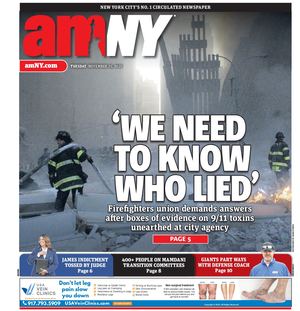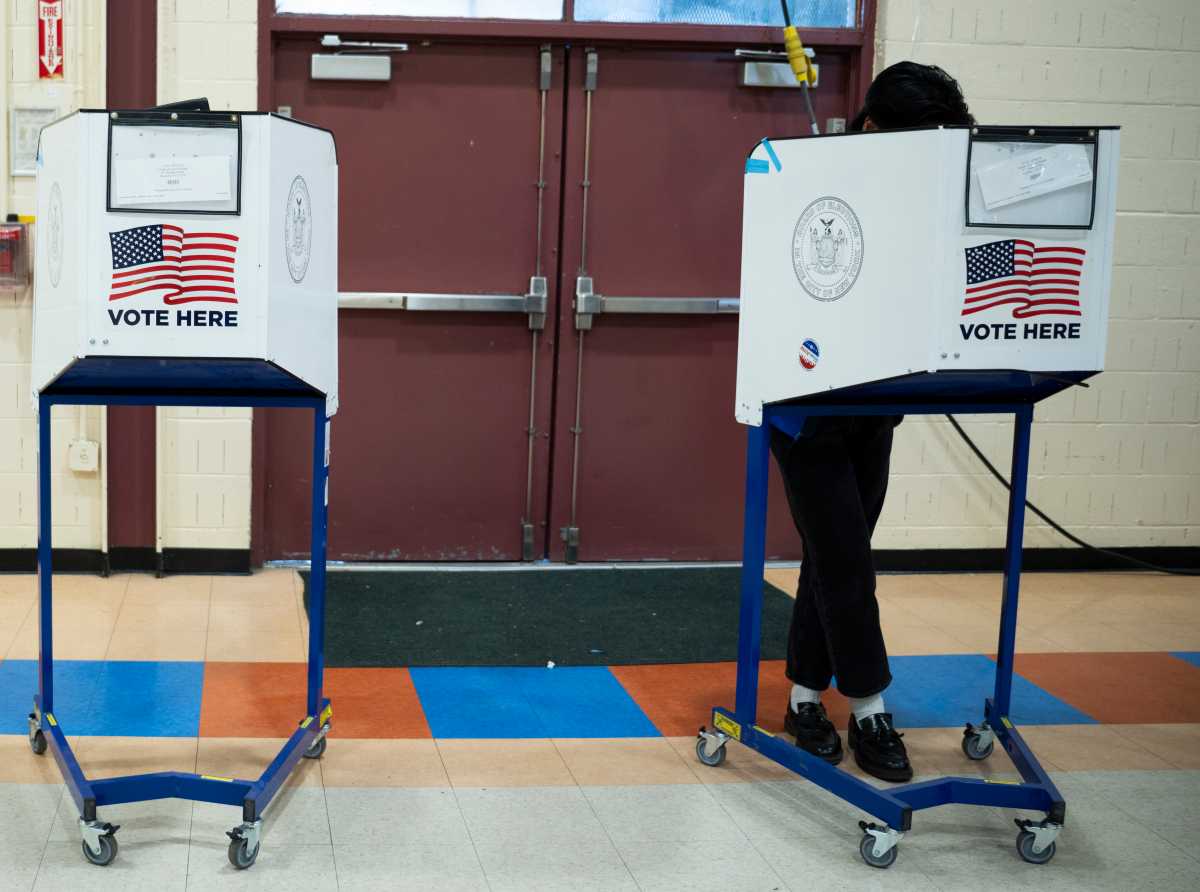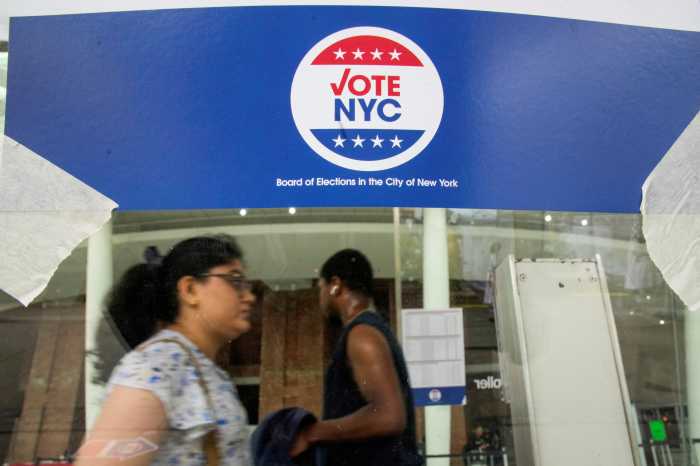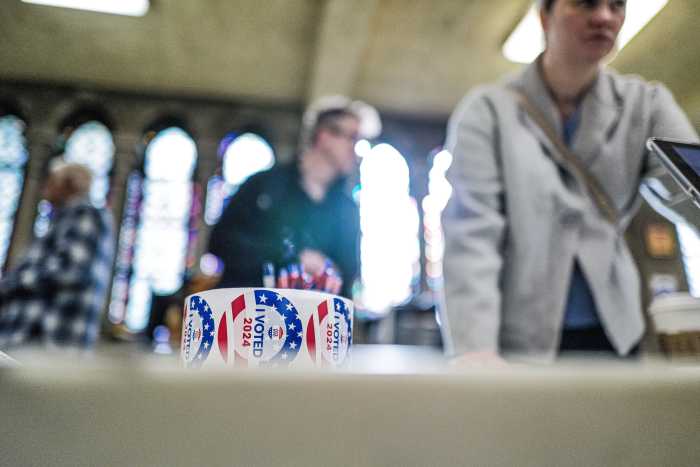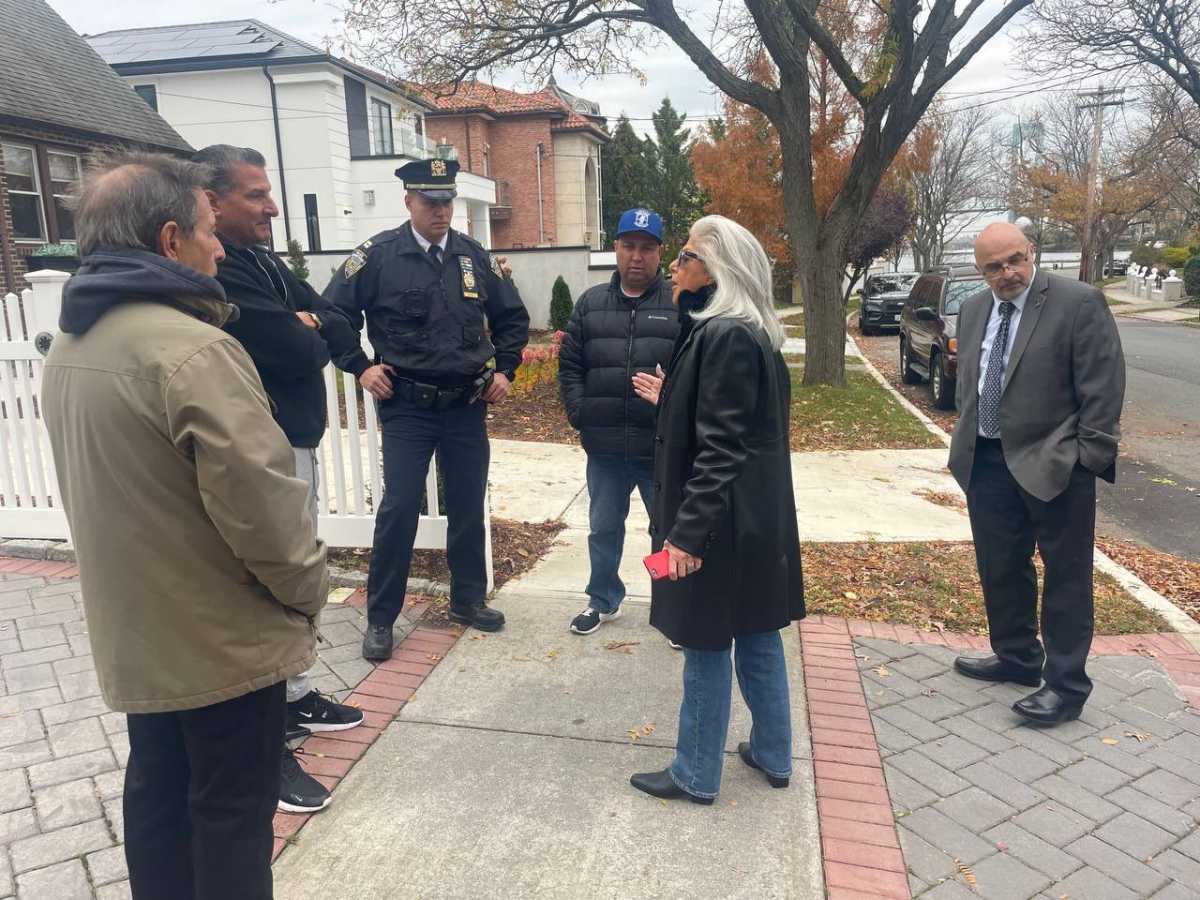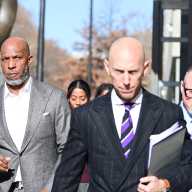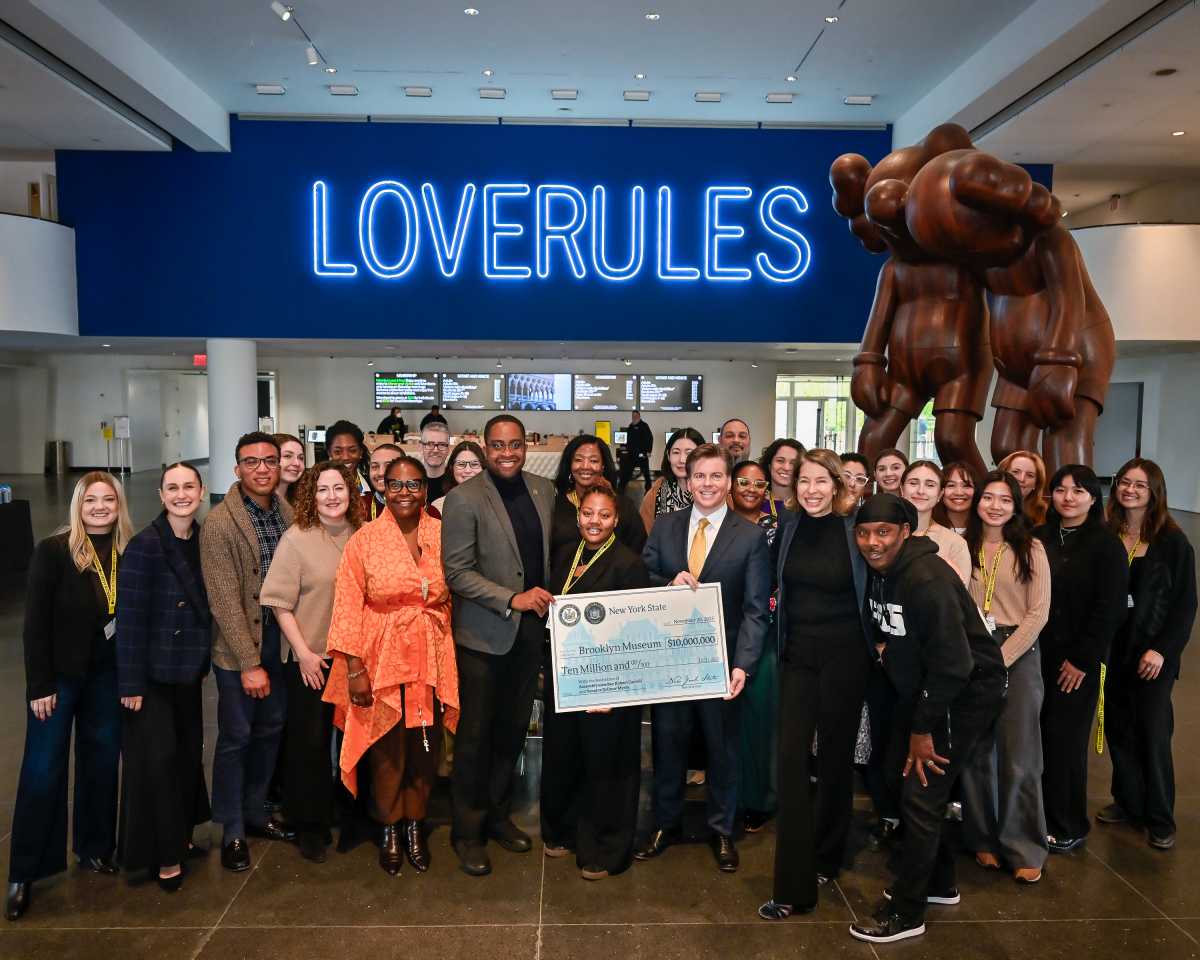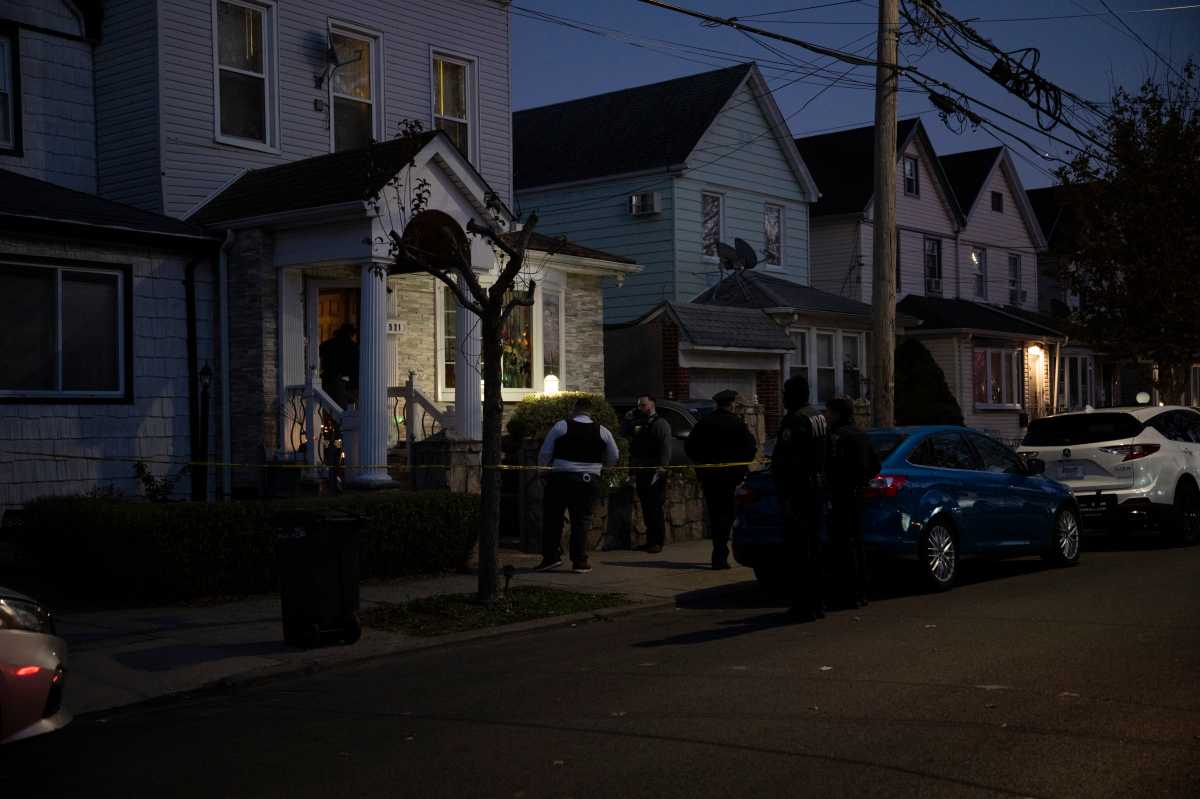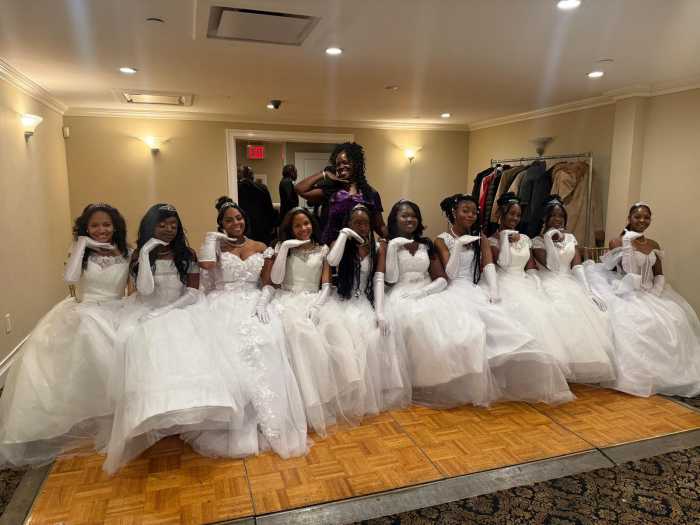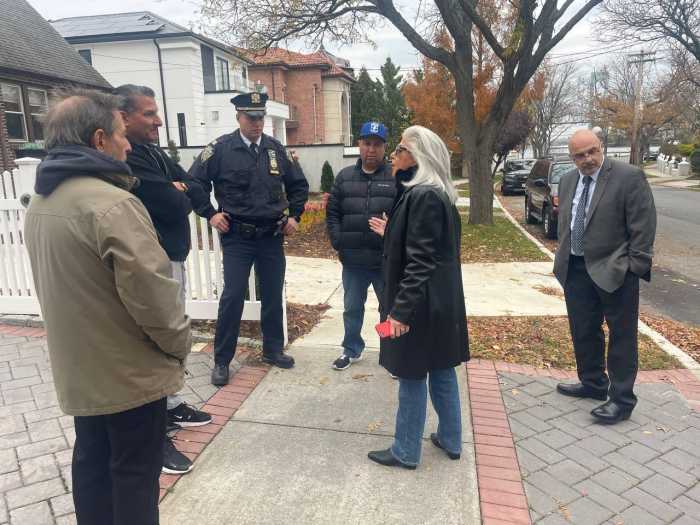Today’s your last chance to decide who will run New York City for the next four years, but Election Day is much, much more than just the mayor’s race.
Your ballot includes several important races for City Council, the legislative branch of the city government, whose responsibilities include drafting bills, voicing their communities’ concerns on a broader scale, and checking the mayoral power.
There are several other races for judgeships in the state’s Supreme and Civil Courts. These jurists are responsible for the proper, impartial administration of the laws of New York State in cases large and small, civil and criminal.
Then there are the ballot questions — six in all — asking you, the people, to amend the state Constitution and the City Charter. The five City Charter questions are the most important and impactful for New York City (the first ballot question deals with land use in the Adirondacks, which isn’t as big a deal here).
Three of the ballot proposals, Questions 2-4, focus on land use and affordable housing. If approved with a yes vote, these questions will forever transform the process of reviewing major projects citywide, impacting both zoning laws and entire communities.
The “yes” vote on Question 2, in particular, would reduce the land use review process in New York City, often as long as nine months, to just two or three months. It would also remove review powers from the City Council and toward independent panels made up largely of mayoral appointees.
Another city ballot proposal, Question 6, would move all citywide elections for mayor, comptroller, public advocate, borough president and City Council to even-numbered years coinciding with presidential elections. Supporters argue that this effort would boost turnout and reduce operating costs; opponents contend that it would overshadow local races with future presidential contests.
We will not advise you on how to vote on these questions. However, we advise you to research them before voting and make the decision that is right for you.
We also advise you to ensure that you don’t leave the voting booth without casting votes in every race, including the ballot questions, which are located on the back of the paper ballots you receive.
Carefully read the ballot, both the front and back, follow the instructions, and make your selections. The worst thing you can do is skip a vote on an important issue or contest.
